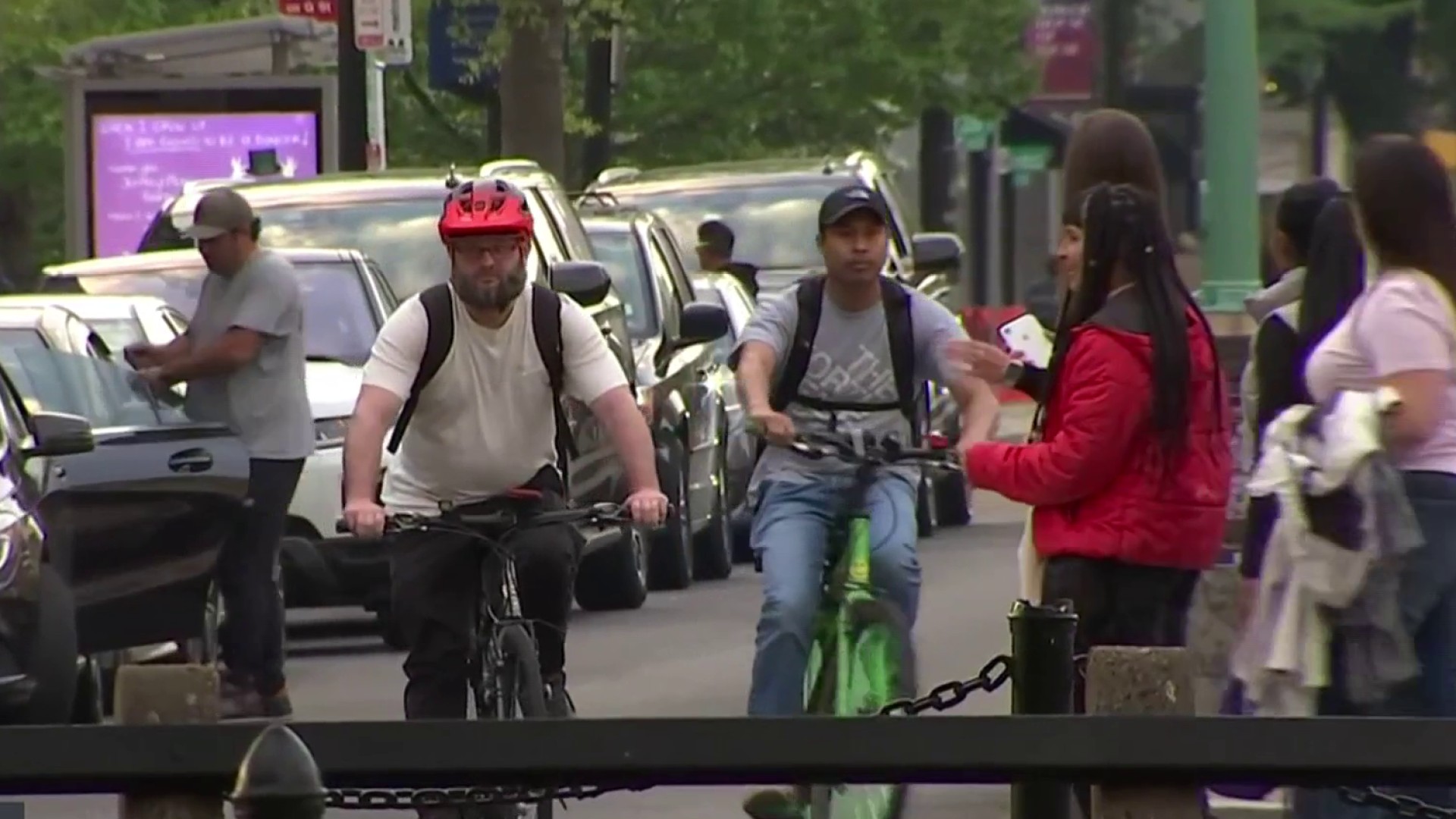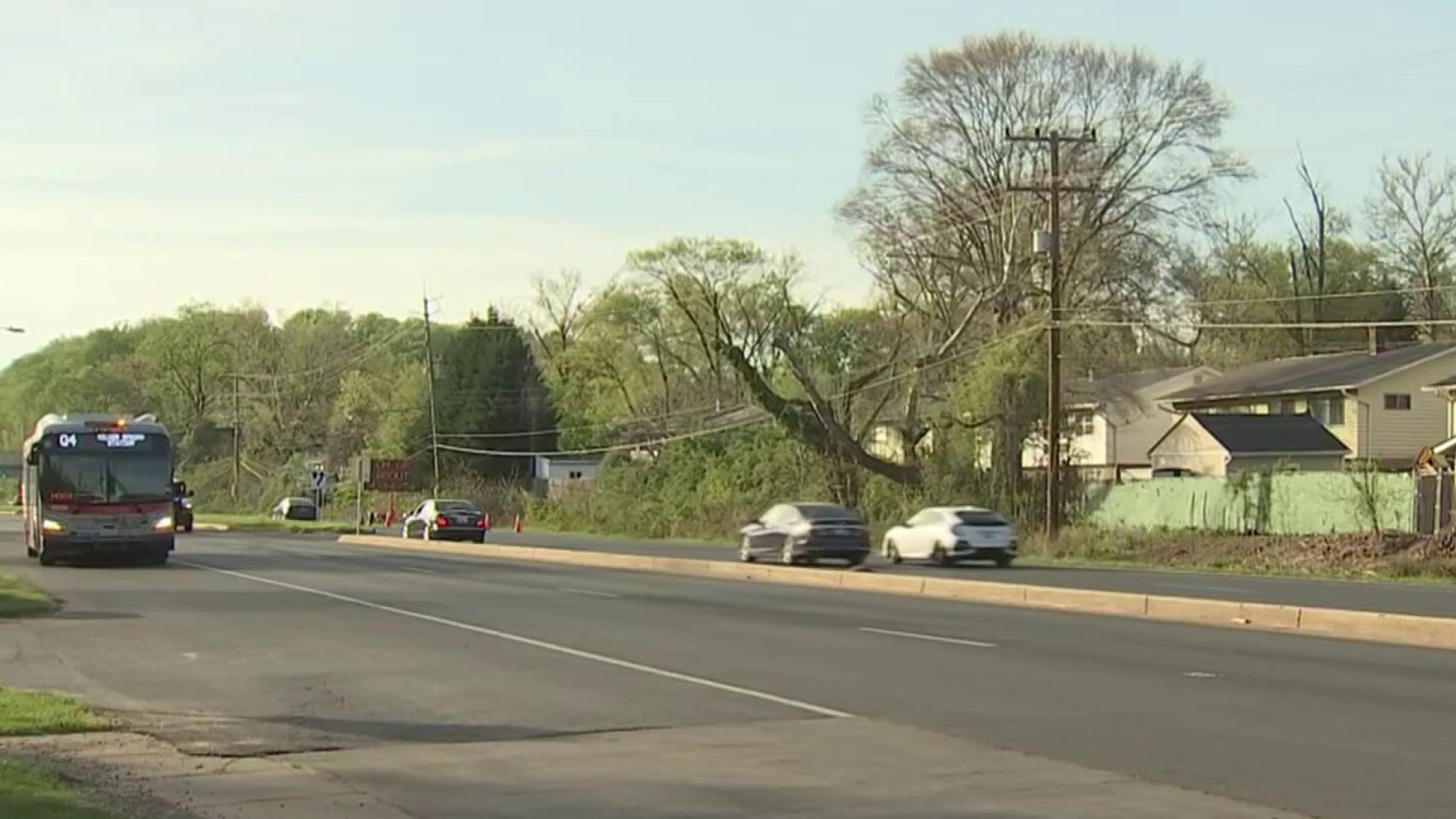Metro will make some immediate changes in response to last week's tragedy, when an arcing rail filled a tunnel with smoke, resulting in the death of a woman and the hospitalization of dozens of people.
At Thursday's board meeting, Metro will look to change protocol for when a train operator can turn off their ventilation system, Transportation Reporter Adam Tuss has learned.
The National Transportation Safety Board found anomalies when it conducted a test of the system to ventilate the tunnel that didn't match what happened at L'Enfant Plaza during the Jan. 12 incident.
Metro also will work to install clear signage on trains telling first-responders which doors are emergency doors, Tuss reported.
Members of the National Capital Delegation, Congress members who represent Washington and its Maryland and Virginia suburbs, met with leaders from the NTSB and the Washington Metropolitan Area Transit Authority Wednesday about the investigation into the tragedy.
Local
Washington, D.C., Maryland and Virginia local news, events and information
NTSB Acting Chairman Christopher Hart noted there were anomalies with the fans that were supposed to ventilate the tunnel during the Jan. 12 incident, and the ventilation system did not operate as expected. Hart did not have details about the anomalies nor about whether the fans on the train in the tunnel worked properly.
The interoperability of first responders and Metro also was discussed. Communication failures were a key factor in the delay rescuing passengers, read a release from Rep. Gerry Connolly (D-Va.).
D.C. Fire and EMS recently encrypting its radio transmissions, meaning only agencies that know how to tap into the encrypted network can communicate with the fire department. Sen. Mark Warner (D-Va.) said Metro wasn't notified.
"That is unacceptable, and I want some assurances that Metro has tested its radio communications with other local first responders across the region," he said.
The NTSB is also looking into system maintenance, operation of the train and Metro training.
Warner still wants answers about evacuation and training protocols and why it took so long for power to be shut off to the third rail.
"We got some answers today, but a lot of questions remain," he said.
Hart said investigators have not been able to schedule interviews with any of the firefighters who responded.
The cause of the arc that sent the smoke through the tunnel and train remains under investigation. The NTSB hopes to complete its investigation within a year.
The incident began shortly after 3 p.m. Jan. 12, when an electrical breaker tripped at one end of a section of the third rail near the L'Enfant Plaza station. One train stopped in the tunnel and another at the platform, and the tunnel and the trains filled with smoke. Riders from the train in the tunnel have said they were trapped for at least 30 minutes before they were rescued.
Carol Inman Glover, 61, slumped to the floor unconscious near the front of the train, where the smoke was heaviest. Three other passengers tried for 20 minutes to revive her with chest compression and mouth-to-mouth. First-responders then carried Glover out of the tunnel and began CPR. She was taken to a hospital but died the Office of the Chief Medical Examiner ruled Glover's death accidental by acute respiratory failure from smoke exposure.
Once they reached the train in the tunnel, firefighters asked passengers to open the door, but they couldn’t. The door was opened from outside with a Metro barrel key.
Eighty-six other people were hospitalized, two in critical condition. More than 200 people were evaluated.



